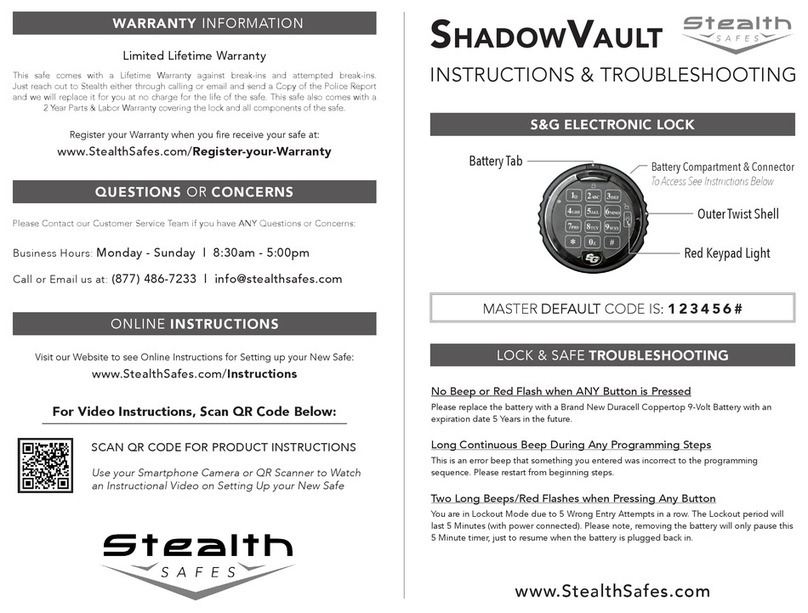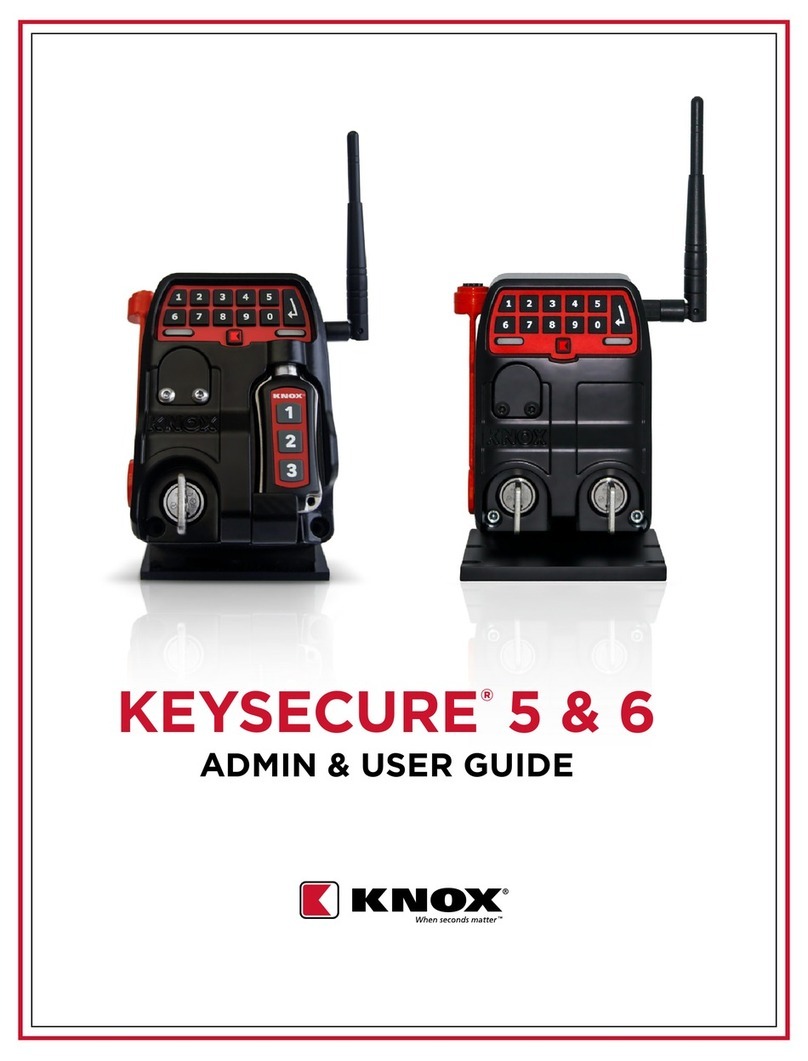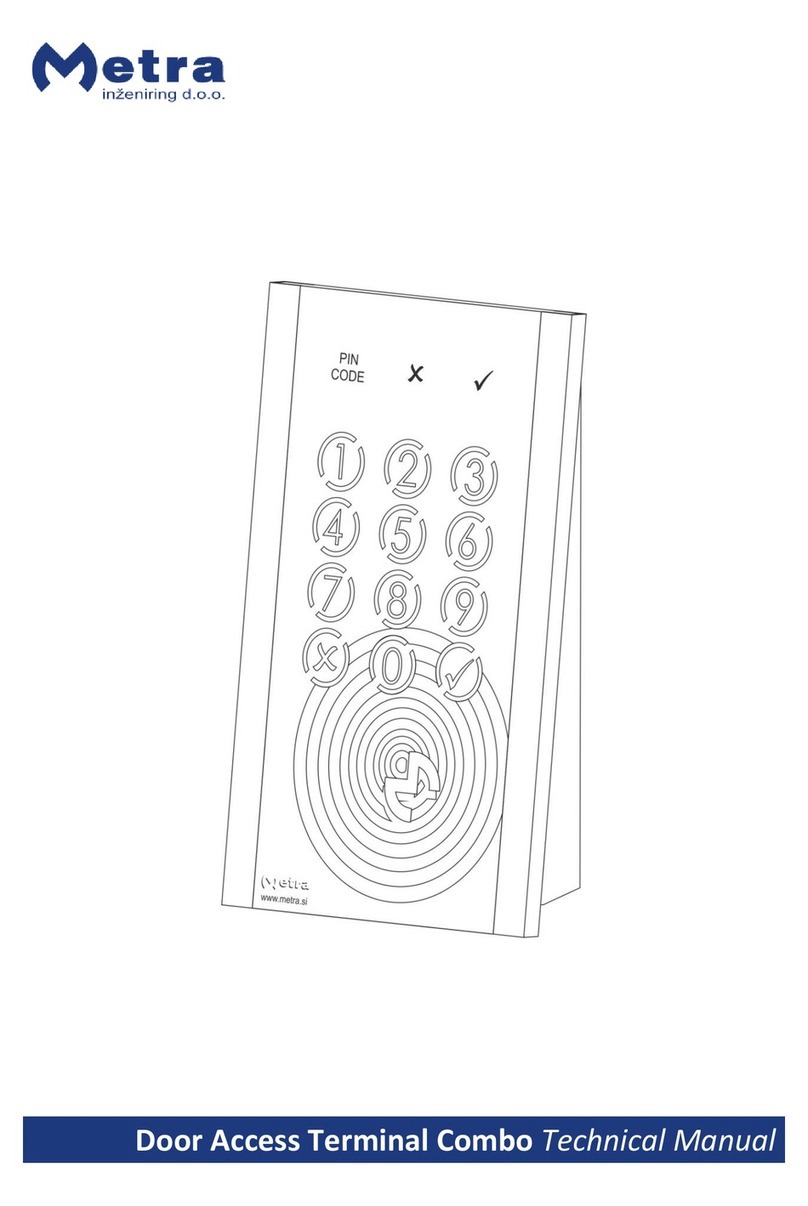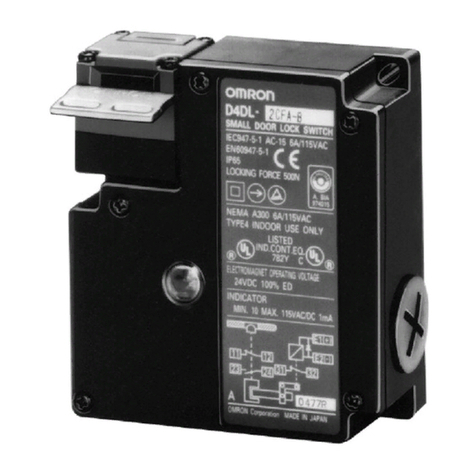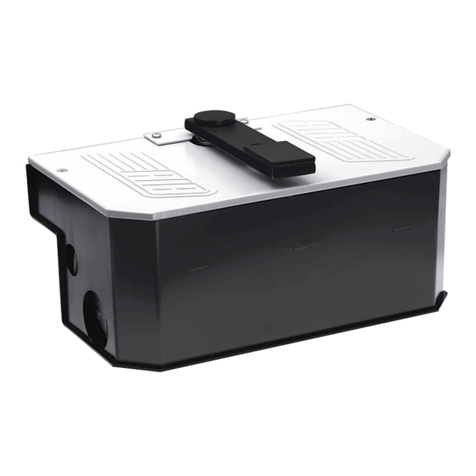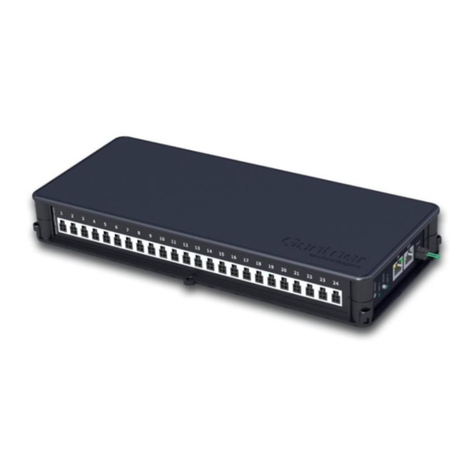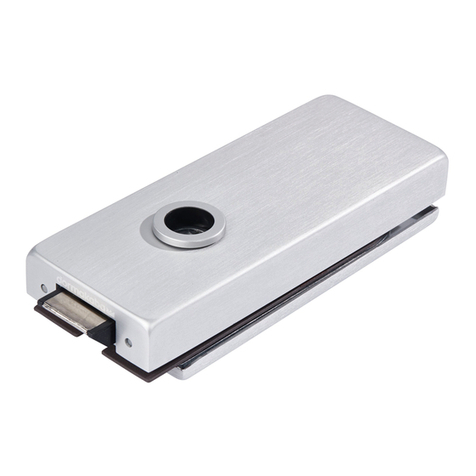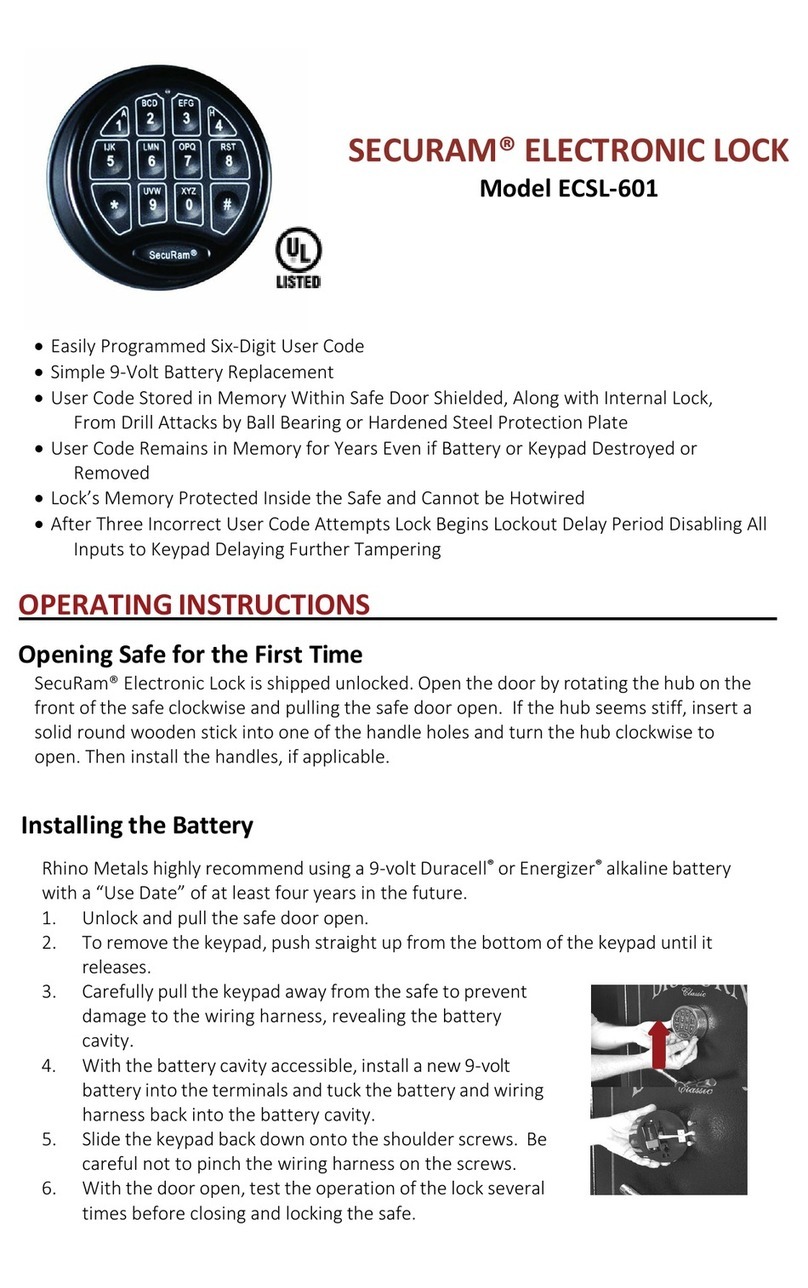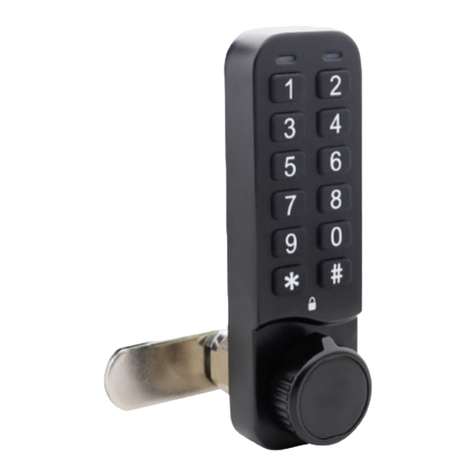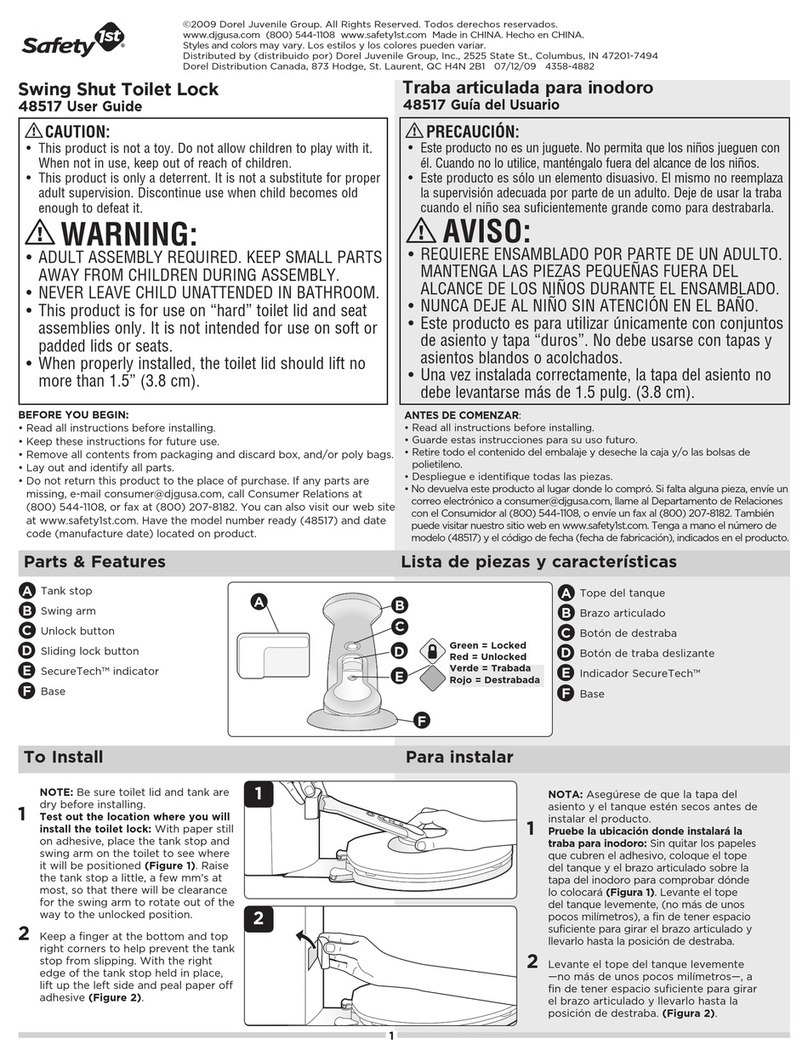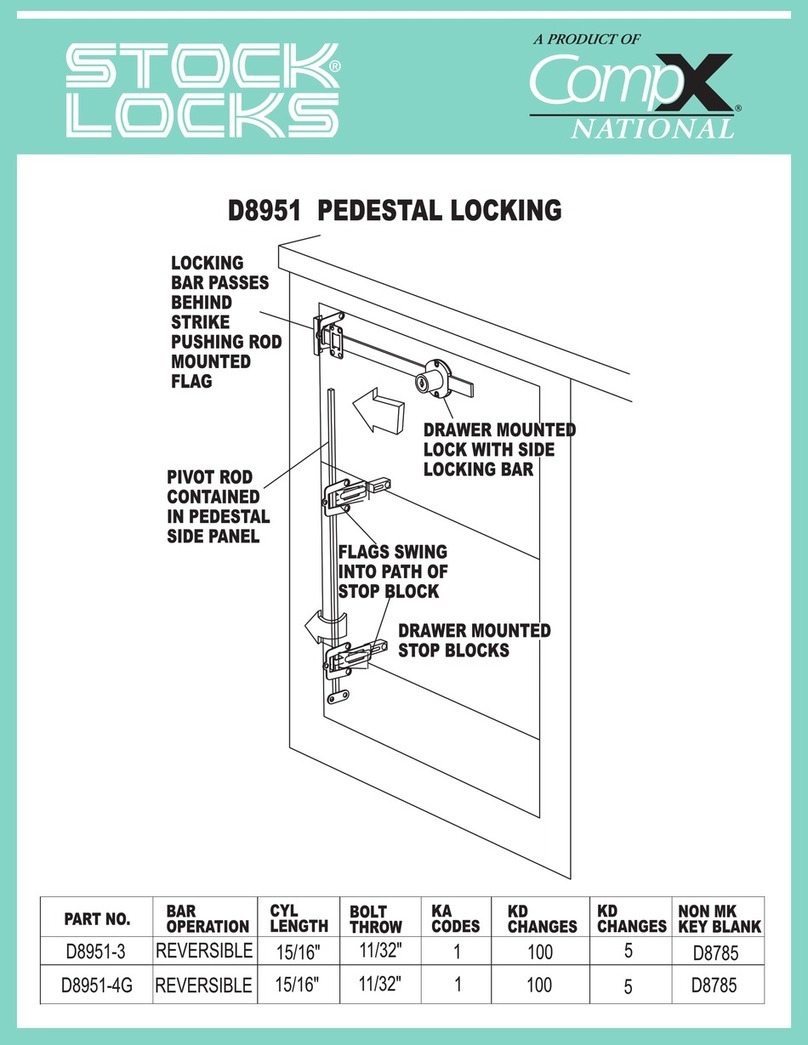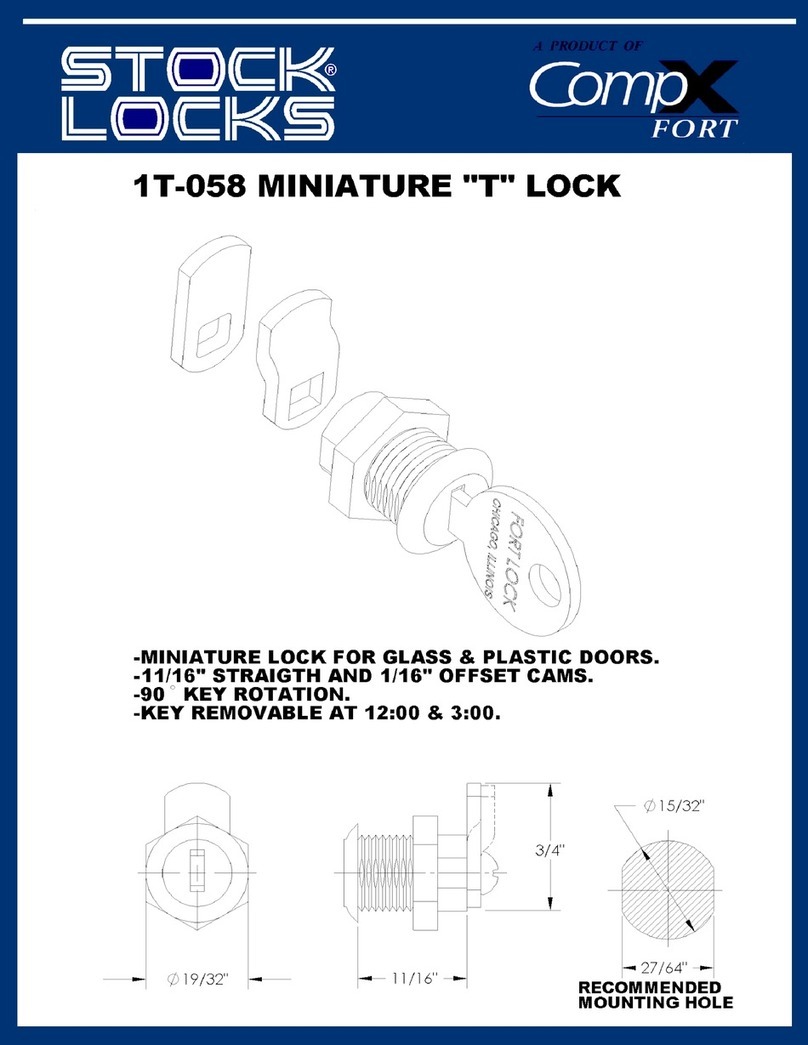
D41L
5
Ratings and Specifications
Model D41L
Technical
Detection method RFID
Frequency band 125 kHz
Transmitter output -6 dBm max.
Interlock type (ISO 14119) Type 4
Coded level (ISO 14119) D41L-1: High (individual coding)
D41L-2: High (individual coding, No limitation)
Actuator D41L-A1
Response time (ON to OFF) 100 ms max.
Response time (input) 1.5 ms max.
Risk time 200 ms max.
Startup time 5 s max.
Typical operating distance (Sn)
(IEC 60947-5-3) 2 mm
Assured operating distance (Sao)
(IEC 60947-5-3) 1 mm
Assured switch-off distance (Sar) 20 mm
Electrical
Supply voltage (Ue) 24 VDC (-15%/+10%)
(stabilized PELV-power supply)
Current consumption (Io) < 0.1 A
Overvoltage category III
Pollution degree 3
Operating current device with magnet switched on Average: <0.2 A
Peak: 0.35 A/200 ms
Magnet switch on time (ED) 100%
Conditional short-circuit current 100 A
External device fuse rating 2 A(T)
Safety input
Switching thresholds -3 V to 5 V (low)
15 V to 30 V (high)
Current consumption per input 5 mA / 24 V max.
Accepted test pulse duration on input signal 1.0 ms max.
Test pulse interval ≥100 ms
Safety output
(OSSD)
Switching element PNP type, short-circuit proof
Utilization category DC-12: 24 VDC (Ue)/0.25 A (Ie)
DC-13: 24 VDC (Ue)/0.25 A (Ie)
Rated operating current (Ie) 0.25 A
OFF-state leakage current (Ir) 0.5 mA max.
Voltage Drop (Ud) 4 V max.
Short-circuit monitoring Yes
Test pulse duration 0.3 ms max.
Test pulse interval 1,000 ms
Auxiliary output
Switching element PNP type, short-circuit proof
Utilization category DC-12: 24 VDC (Ue)/0.05 A (Ie)
DC-13: 24 VDC (Ue)/0.05 A (Ie)
Rated operating current (Ie) 0.05 A
Voltage drop (Ud) 4 V max.
Solenoid
Switching thresholds -3 to 5 V (low)
15 to 30 V (high)
Power consumption 10 mA/24 V
Magnet switching-on time 100%
Accepted test pulse duration on input signal 5.0 ms max.
Test pulse interval 40 ms min.

